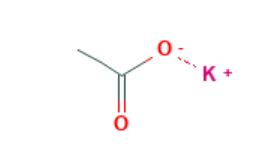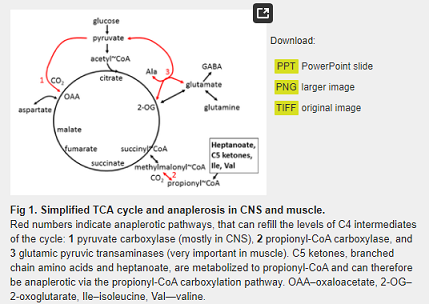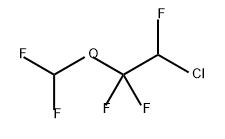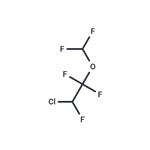Usage and Dosage of Enflurane
Oct 28,2019
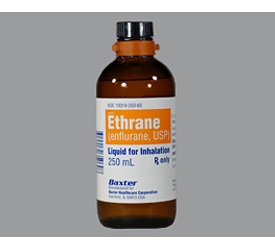
Being inhaled narcotic drug, the effect of enflurane is weaker than ether. Generally, enflurane is used for compound general anesthesia. Enflurane is compatible with a variety of intravenous general anesthesia and general anesthesia auxiliary drugs. Enflurane is a colorless, easily flowing liquid, with special odor. Storage of enflurane should use a dedicated volatilization tank with accurate calibration.
Preoperative medication: preoperative medication should be based on the specific situation of the patient, taking into account that the patient's secretions will slightly increase after the intake of enflurane and the cardiac rhythm remains stable. Auxiliary use of anticholinergic drugs with enflurane is not contraindicated.
Induction: induction by inhalation of enflurane and pure oxygen, or enflurane with an oxygen/laughing gas mixture. Short - acting barbiturates of hypnotic dose can also be used in combination to make the patient unconscious. The initial dose induced by enflurane is recommended to be 0.5%, with a gradual increase of 0.5% following respiratory depression until the depth of anesthesia required for surgery is reached. The concentration of enflurane should be no more than 4.0%.
Maintenance: enflurane at a concentration of 0.5% to 2.0% can maintain a certain depth of anesthesia. At the concentration, the muscle relaxant was enhanced. To maintain PaCO2 at 35 ~ 45mmHg level, normal ventilation rather than excessive or hypopnea is preferred to reduce the incidence of S.N.C. In the absence of other complications, arterial pressure was negatively correlated with enflurane concentration. Hypobaric arterial pressure (except for hypovolemia) may be due to the depth of anesthesia and can be corrected by lowering the depth of anesthesia.
Resuscitation: the concentration of enflurane can be reduced to 0.5% near the end of the operation, or the drug can be withdrawn at the beginning of the suture incision. After withdrawal of the drug, pure oxygen can be used to "clean" the patient's respiratory pathway several times until the patient is fully awake.
Reference
[1] Terrell, R. C.; et al. General anesthetics. 3. Fluorinated methyl ethyl ethers as anesthetic agents. J. Med. Chem., 1972, 15(6): 604-606
- Related articles
- Related Qustion
Potassium Acetate is easily soluble in water, ethanol and methanol, but insoluble in ether. The solution of KOAc is alkaline to litmus but not to p-phenolphthalein. In addition, KOAc is Combustible.....
Oct 28,2019Chemical ReagentsThere is increasing evidence that energy metabolism is disturbed in Amyotrophic Lateral Sclerosis (ALS) patients and animal models. Treatment with triheptanoin, the triglyceride of heptanoate, is a promising approach to provide alternative....
Oct 28,2019Organic Raw Material



